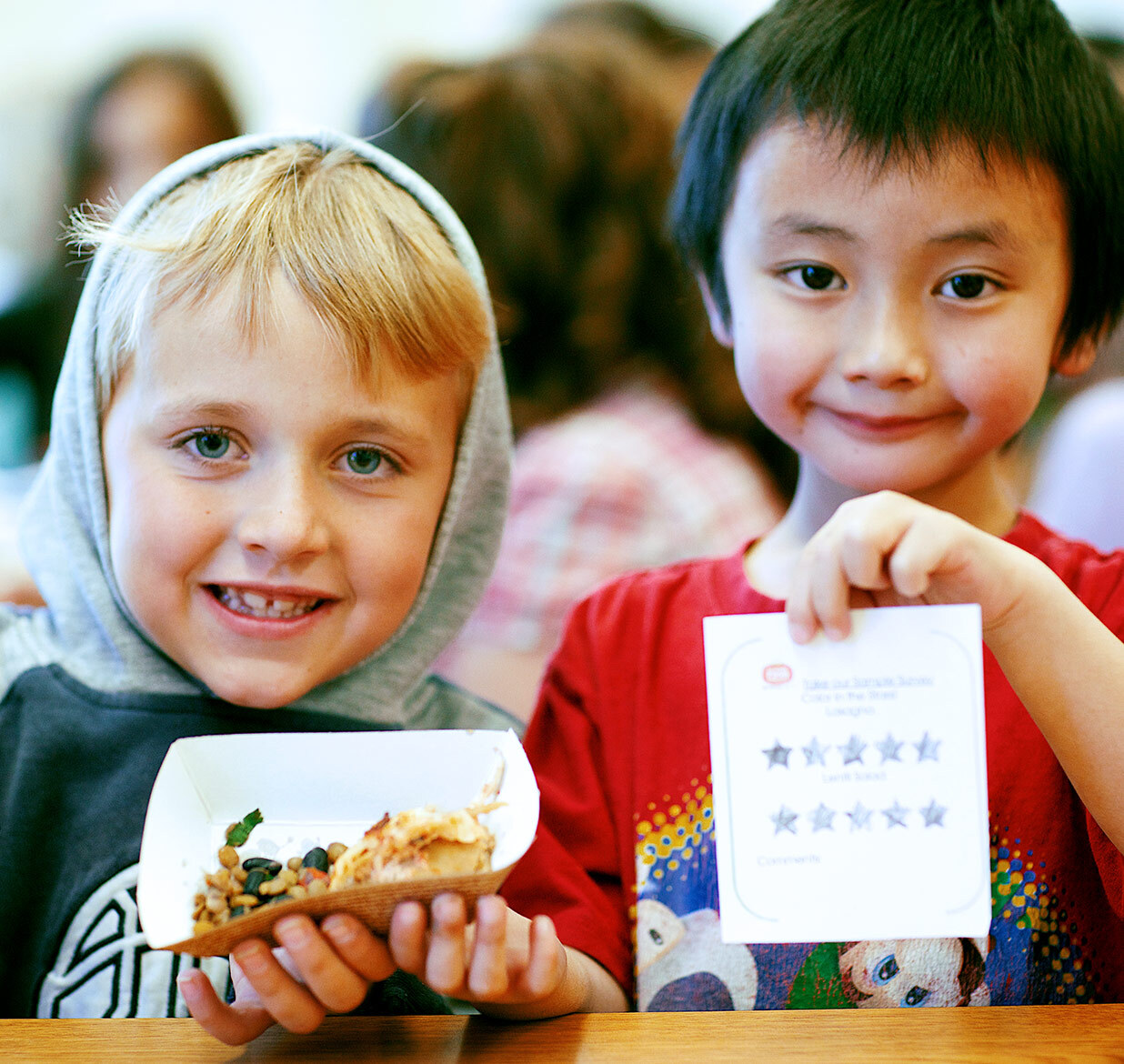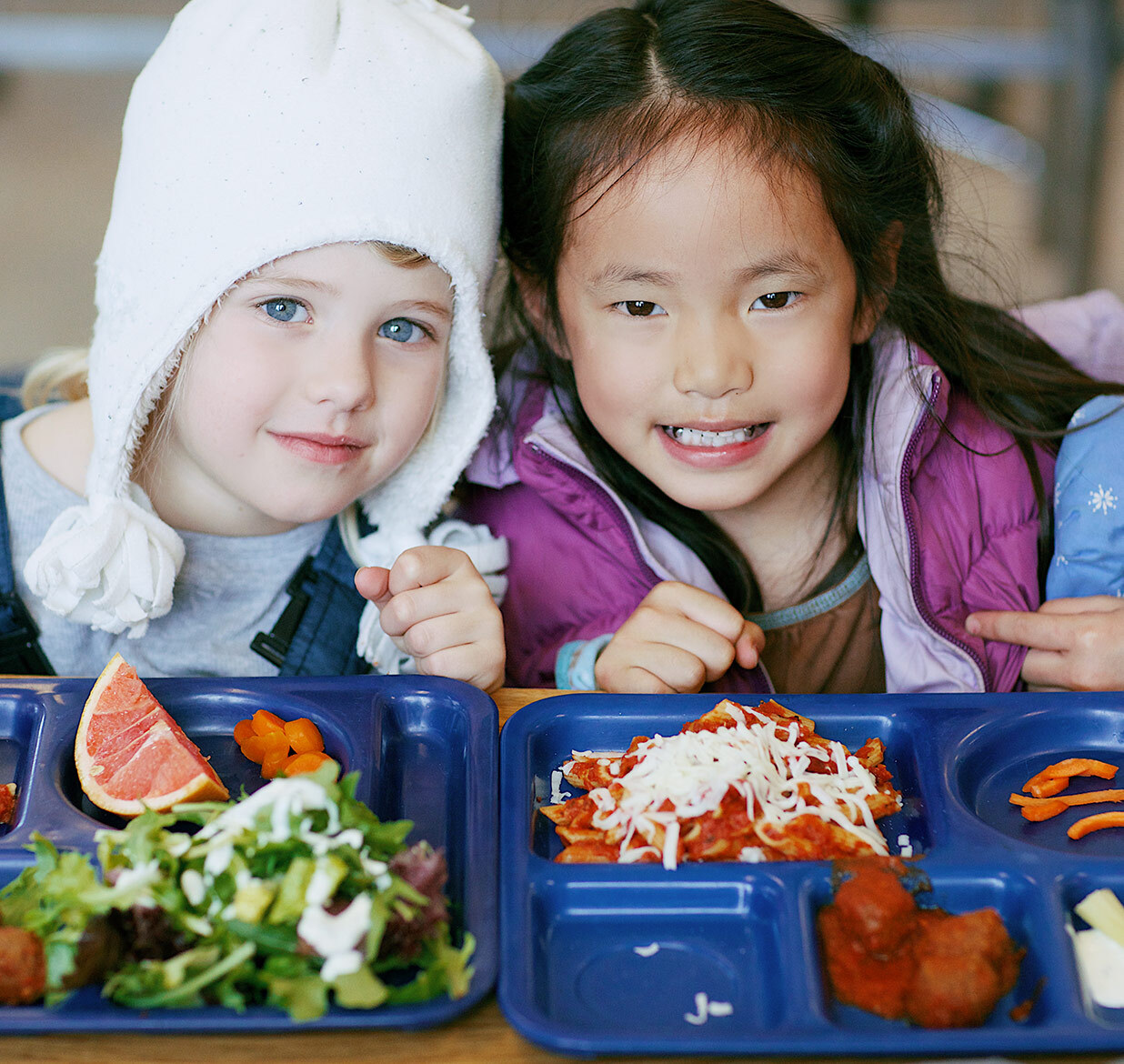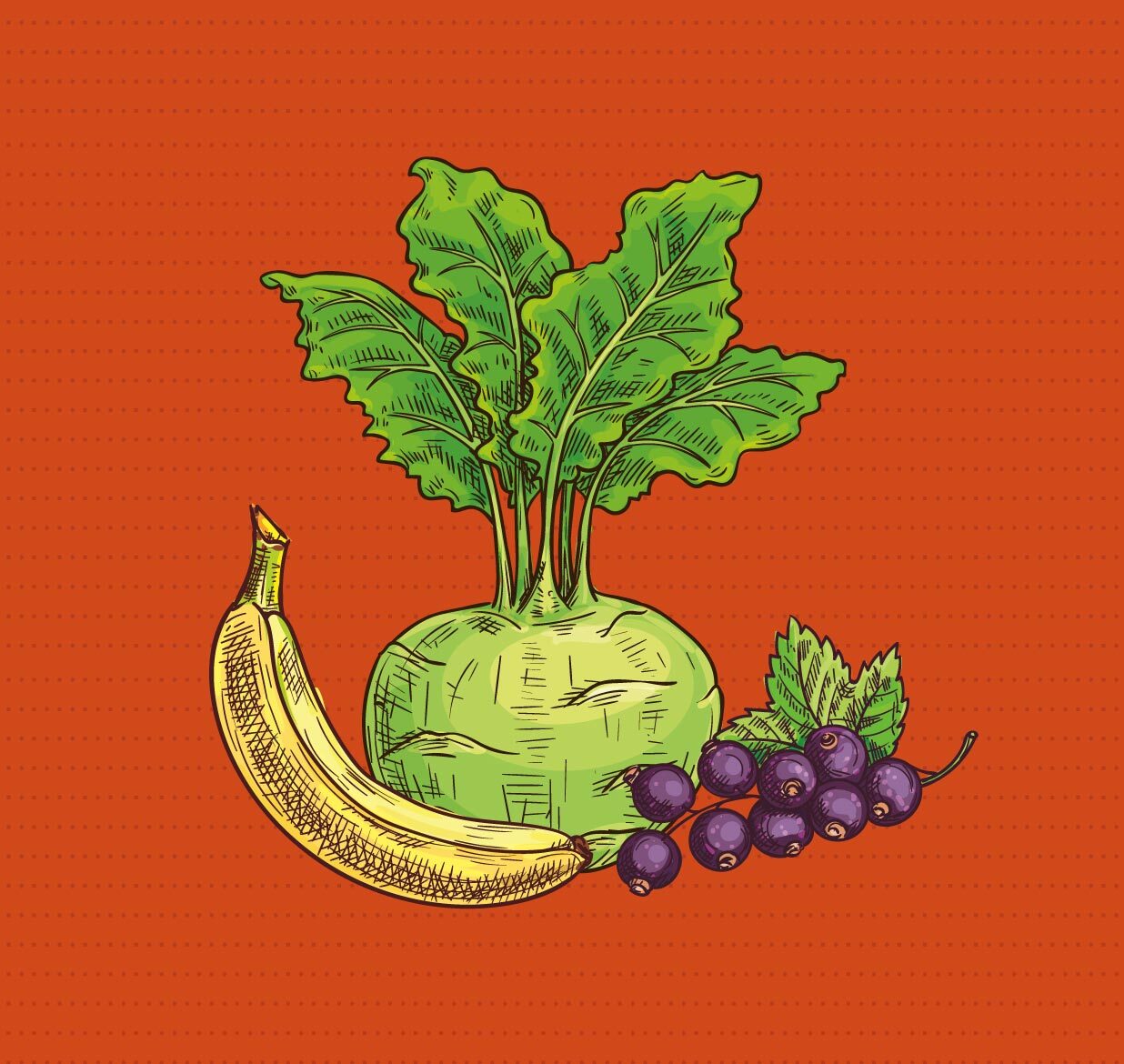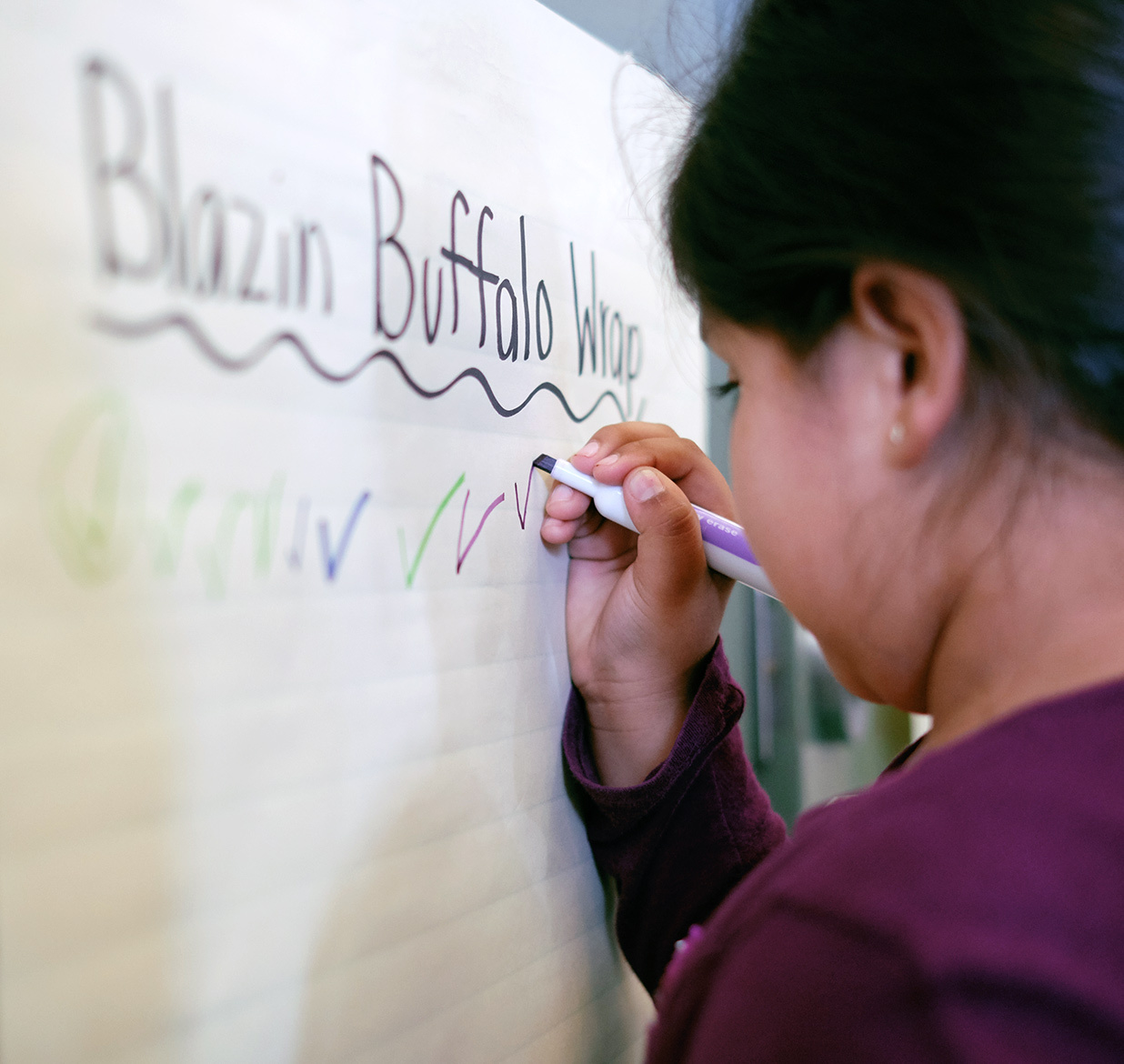
Tastings
Transitioning school food programs to scratched-cooked meals has many challenges. One of the biggest tasks is encouraging kids to enjoy the new food offerings. But don’t get discouraged. It just takes a little know-how and an understanding that kids’ palates have been trained to desire salt, sugar, and fat. Since most kids in your cafeteria will need a nudge when trying unfamiliar menu items, why not make it fun?

Tastings
Transitioning school food programs to scratched-cooked meals has many challenges. One of the biggest tasks is encouraging kids to enjoy the new food offerings. But don’t get discouraged. It just takes a little know-how and an understanding that kids’ palates have been trained to desire salt, sugar, and fat. Since most kids in your cafeteria will need a nudge when trying unfamiliar menu items, why not make it fun?
Types of Tastings
According to the National Association for the Education for Young Child, a child might be offered a new food up to 10-16 times before they will eat it. With that information in hand, we have found that tasting, tasting, and more tasting is a great method to overcome their reluctance.
Fresh Produce Tasting
Kids need a connection to real food. Tasting fresh, raw produce is a great way to experience food in its unprocessed state. Here are some ways to engage students in a fresh produce tasting:
- Do side-by-side taste comparisons of different varieties of produce (i.e. tomatoes, peppers, and greens).
- Engage their senses when evaluating the produce. Ask students to touch, taste, smell, and visually describe the item both in its whole form and sliced. What differences do they see?
- Coordinate tastings in conjunction with a Harvest of the Month program (see Art Contests for more info on HOTM activities).
- Invite a local farmer to the event and ask them to bring a case of one of their crops, such as ripe peaches or freshly picked cherry tomatoes. Highlight the importance of local and sustainable farming by making your farmer a hero.
Menu Item Tasting
Participation is incredibly important to any school lunch program, but sometimes kids are afraid or hesitant to try the school lunch. This is where a little positive push in the right direction can help. Here are some ways to engage students in a menu item tasting:
- Plan a menu item tasting the day before the item is being served so you can encourage kids to buy school lunch the next day.
- Bump up your orders for the next day to ensure that you have enough food to serve existing and new school lunch participants.
Recipe Development
Is your kitchen developing new recipes for the upcoming school year? Testing these new menu items during this process can be incredibly helpful to gauge how the recipes will be received. Here are some ways to engage students in a recipe development tasting:
- Get their opinions. Ask what they like, don’t like, and would change. Your students will remember their role in the development when they see the item on the menu.
- Kids have their own vocabulary—make the tasting fun with a recipe-naming contest.
How to Conduct a Tasting Event
This is a step-by-step plan for hosting a Lunchroom Tasting event. The guide provides links to communication templates that can be customized for your own Tasting.
Pre-Planning
Decide which type of tasting you’d like to host:
- A sample of a low-participation menu item
- A new menu item or a recipe in development
- A fresh produce tasting to introduce new vegetables and fruits
Send a Letter to Administration asking for permission to host the tasting event in the cafeteria during lunch.


How to Conduct a Tasting Event
This is a step-by-step plan for hosting a Lunchroom Tasting event. The guide provides links to communication templates that can be customized for your own Tasting.
Pre-Planning
Decide which type of tasting you’d like to host:
- A sample of a low-participation menu item
- A new menu item or a recipe in development
- A fresh produce tasting to introduce new vegetables and fruits
Send a Letter to Administration asking for permission to host the tasting event in the cafeteria during lunch.
Communication
Send a Tasting Event Flyer to the PTO/PTA to distribute to parents. Also send flyers to administration to hang up around the school. Ask administration to remind students and teachers about the event during morning announcements.
Contact your school or district to find out about their in-school volunteer policies for both parents and outside volunteers.
Invite PTO/PTA to participate with a Volunteer Outreach Letter. If there is not a strong parent presence available, you can invite community members or college volunteers.
NOTE: It’s helpful to send your volunteer guide along with the letter so that parents know what will be expected of them during the event. Here is a Sample Volunteer Guide.
Inform all onsite kitchen staff about their responsibilities leading up to and day of the event.
Prior to Tasting
If this is your first tasting event, you’ll want to order food and supplies with the assumption that 100% of the student body will participate. If you continue these tastings, anticipate 80% participation. Make sure that you order any necessary portion cups, plates, or sample boats with forks or spoons for serving.
NOTE: If you’re tasting a low-participation menu item, we suggest that you hold the event the day before that item is scheduled on the menu so that you can encourage kids to buy school lunch the next day.
Print out kids tasting surveys: Menu Item Survey, Recipe Development Survey, or Fresh Produce Survey.
Bring enough pens, crayons, markers, or colored pencils for the surveys.
NOTE: Simple surveying with a flipchart and stickers is a great way to save paper and can be easier for surveying younger groups.
If you plan on taking pictures or video of the event for social media or other external marketing purposes, make sure that you understand the school’s protocol for obtaining media releases. This includes gaining permission from guardians of students as well as any adults featured in the images.
Day of Management
Welcome all of the volunteers and show them around the kitchen. Introduce volunteers to staff and explain general kitchen ground rules. Remind all volunteers about sanitation, allergens, and appropriate behavior found in the volunteer guide. Designate a volunteer to take pictures of the event. Make sure they follow your district’s protocol for this.
Fresh produce tastings can be prepped just before lunch. Leave one vegetable or fruit whole to show the kids.
If you are tasting a cooked sample, make sure that it is prepared in the oven or steamer so that it will be ready 15 minutes prior to the first lunch.
NOTE: If you have enough volunteers, portion the samples as you go and keep the larger pan in the warmer. The fresher the samples the better!
If using individual surveys, hand out surveys and pencils to the kids along with the samples. Volunteers should interact with the kids and help with surveys. If using a flipchart, have volunteers instruct students to the chart once they’ve tasted the sample. Station one or two volunteers at the chart with stickers or pens.
Instruct kids to dispose of all sample cups and utensils in proper waste receptacles. The custodian staff will be very grateful!
Collect all surveys. At a later time, review the comments, then share quotes and resulting changes with administration and parents.
Event Follow-Up
- Send a follow-up email or letter for the administration to distribute to school parents. Include pictures and any fun kid quotes or comments from the day. This will inform parents who were unable to attend or didn’t hear about the event, possibly motivating them to participate in the future.
- Thank-you letters are always a good way to get your volunteers coming back for more. Be sure to send your volunteers a quick thank-you to let them know you appreciate their help.


Event Follow-Up
- Send a follow-up email or letter for the administration to distribute to school parents. Include pictures and any fun kid quotes or comments from the day. This will inform parents who were unable to attend or didn’t hear about the event, possibly motivating them to participate in the future.
- Thank-you letters are always a good way to get your volunteers coming back for more. Be sure to send your volunteers a quick thank-you to let them know you appreciate their help.
Tasting Resources
Take advantage of the following resources and documents when planning your own tastings. You can tailor them to meet your event specifications.

You’ll want to get permission to host your event in the cafeteria during lunch. While you’re at it, ask for support in marketing your tastings to the school community.
Distribute this letter through your PTA/PTO to enlist volunteers and to promote your event.
This guide sets the standard for your school food program by outlining responsibilities and expectations for your volunteers.
Add your event information to this printable flyer and hang it throughout your school and cafeteria leading up to the event.

You’ll want to get permission to host your event in the cafeteria during lunch. While you’re at it, ask for support in marketing your tastings to the school community.
Distribute this letter through your PTA/PTO to enlist volunteers and to promote your event.
This guide sets the standard for your school food program by outlining responsibilities and expectations for your volunteers.
Add your event information to this printable flyer and hang it throughout your school and cafeteria leading up to the event.
Survey Forms
Getting the opinion of your students is key. These surveys will help you gather useful information to apply to your future work:
Tasting Menu Item Survey
Tasting Recipe Development Survey
Tasting Fresh Produce Survey


Survey Forms
Getting the opinion of your students is key. These surveys will help you gather useful information to apply to your future work:
Tasting Menu Item Survey
Tasting Recipe Development Survey
Tasting Fresh Produce Survey
More Lunchroom Education Activities






